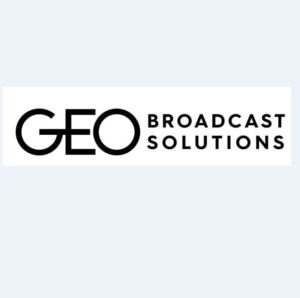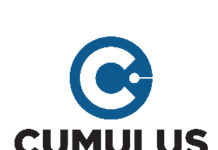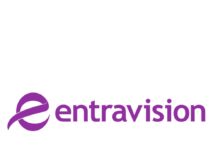
The issue will soon be in the hands of the five FCC Commissioners. Public comment on whether or not to allow broadcasters to air geo-targeted programming is now closed and despite radio’s big four companies trying to derail the plan, the majority of comments have been in favor of the idea.
More than 80 comments from a cross-section of industries, including owners and groups representing thousands of stations across the country, believe that in order for the industry to remain competitive it needs the ability to use innovative technologies and find ways to identify a new path of revenue for radio.
GeoBroadcast Solutions filed the petition on March 13 asking the Commission to permit broadcasters to use its technology called ZoneCasting. If approved the new rule would allow broadcasters to use booster stations to broadcast localized weather and traffic, news, advertising, and emergency alerting during short parts of a broadcast hour.
This week iHeartMedia, Entercom, Cumulus and Beasley filed comments in opposition of the idea. Together the groups claim that not enough testing has been done to move forward with the technology. That’s not true, according to the folks at GeoBroadcast Solutions.
GeoBroadcast Solutions says it has been continuously testing and improving ZoneCasting in the field and at its headquarter laboratory in Chicago, through simulations and modeling. The advancement of the technology has been improved in the past few years, including a FM and HD SFN, five site network at Entercom’s KWFN in San Diego.
GeoBroadcast Solutions CTO Bill Hiatt said he’s encouraged by the amount of support received from the industry, as well as the advertising and public safety sectors. “The comments raised important issues for the industry as a whole and specific, instructive points on how our technology needs to address ideas and share knowledge to help it improve, as it has a chance to evolve in the marketplace.”
The group says the technology, which would be optional for broadcasters, does not impact interference between neighboring stations and does not cause harmful self-interference.
The ongoing evolution of ZoneCasting and its ability to geo-target an analog or HD radio signal is made by arranging transmitters in a cluster to allow programming in the zoned area to break away from the main signal and transmit geo-targeted content. ZoneCasting works as a Single Frequency Network deployed to boost the signal from the main transmitter to the booster nodes.
While the formal period for comments at the FCC ended May 4, parties have 15 days (May 19) to submit replies.
Access to the comments is available here.







I like it the way we do it at Boomer Radio in Omaha. 3 zones, 5 frequencies. You can have one zone carrying one game, another zone carrying a different game, and one zone for those who want the music to keep on rolling. Or, vanity programming on one zone, a church service on another zone and music on another. But, most of the time it’s music on all three zones with just the commercial breaks, news, and weather being different.
In a world where entertainment choices are through the roof, the industry talks about digital AM, zonecasting and other ways to reinvent the wheel. Face it – it’s a listener’s market these days when it comes to entertainment. Saddling a sales department with 5 ways to sell to a client at a fraction of the price of the “general” sales, a production department with 5 spots to cut (one for each “zone”) and keeping the expenses down? Oh -and the expense of software and hardware needed to “separate” the zones? Hoo yeah. Today -maybe you should find a way to get your listener to LISTEN (i.e. compelling content), rather than stealth methods of transmission that really mean nothing to those out there. There are brilliant minds in radio. BRILLIANT! Is there a common goal ? Until there is we’ll be chasing our tales.
This is really a non story. Zonecasting has been around for ten years and it hasn’t gotten further than where it is today (look at the company’s own website where it shows a timeline). There is an historical comparison……AM Stereo. AM Stereo was developed in the early sixties, the FCC finally moved on it in the late seventies. We know how successful that was. This is the same thing. Pay no attention to the man behind the curtain, move on, nothing to see here.
“continuously testing and improving ZoneCasting in the field and at its headquarter laboratory in Chicago, through simulations and modeling.”
And look where modeling has gotten us over the last couple of months.